Neuroscience

Neurotransmitter receptors function via various G-protein coupled and G-protein independent mechanisms that activate downstream intracellular signaling pathways such as cAMP/PKA, PI3K/AKT, phospholipase A2, and phospholipase C pathways. For instance, dopamine receptors act through adenylate cyclase to activate PKA and other signaling molecules, thereby mediate gene expression through the actions of CREB and other transcription factors. Other neurotransmitters such as NMDAR or AMPAR are associated with ion channels that control flux of Ca2+ and Na+, thus propagating the action potential across the post-synaptic neuron.
Dysfunctions in GABAergic/glutamatergic/serotonergic/dopaminergic pathways result in a broad range of neurological disorders such as chronic pain, neurodegenerative diseases, and insomnia, as well as mental disorders including schizophrenia, bipolar disorder, depression, and addiction.
-
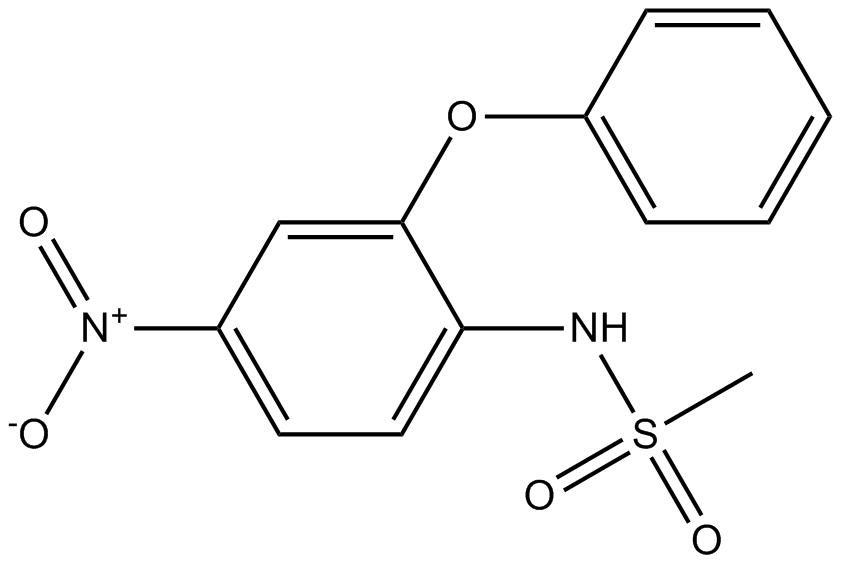 B1452 NimesulideSummary: Non-steroidal anti-inflammatory drug
B1452 NimesulideSummary: Non-steroidal anti-inflammatory drug -
 B1564 RanitidineTarget: Histamine H2 ReceptorsSummary: Histamine H2-receptor antagonist
B1564 RanitidineTarget: Histamine H2 ReceptorsSummary: Histamine H2-receptor antagonist -
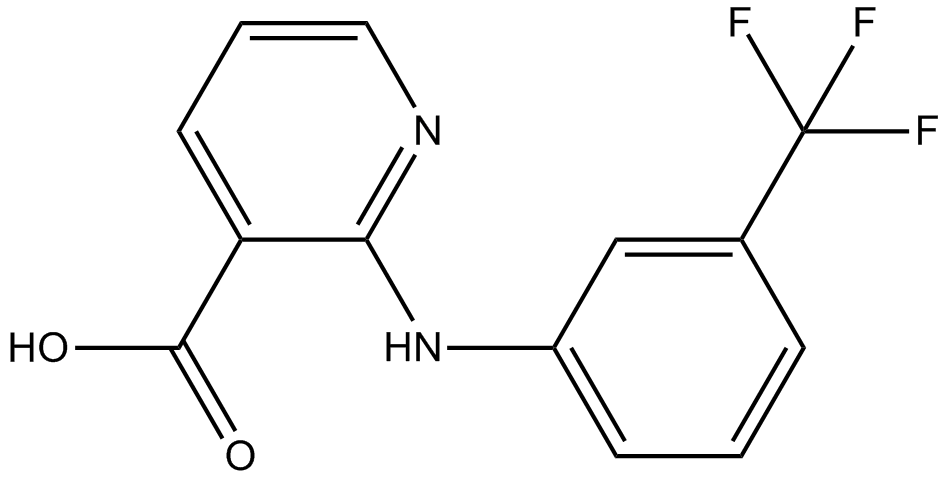 B1530 Niflumic acidSummary: Ca2+-activated Cl- channel blocker
B1530 Niflumic acidSummary: Ca2+-activated Cl- channel blocker -
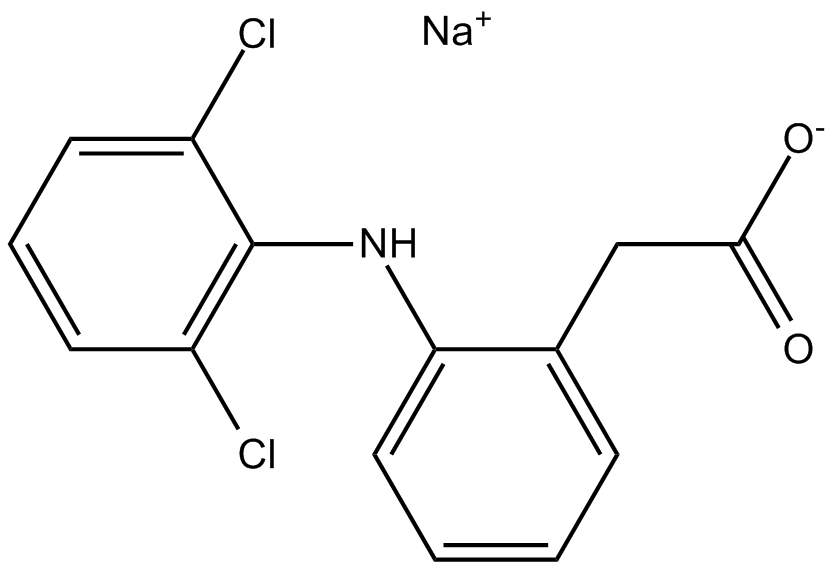 B1457 Diclofenac SodiumSummary: COX inhibitor
B1457 Diclofenac SodiumSummary: COX inhibitor -
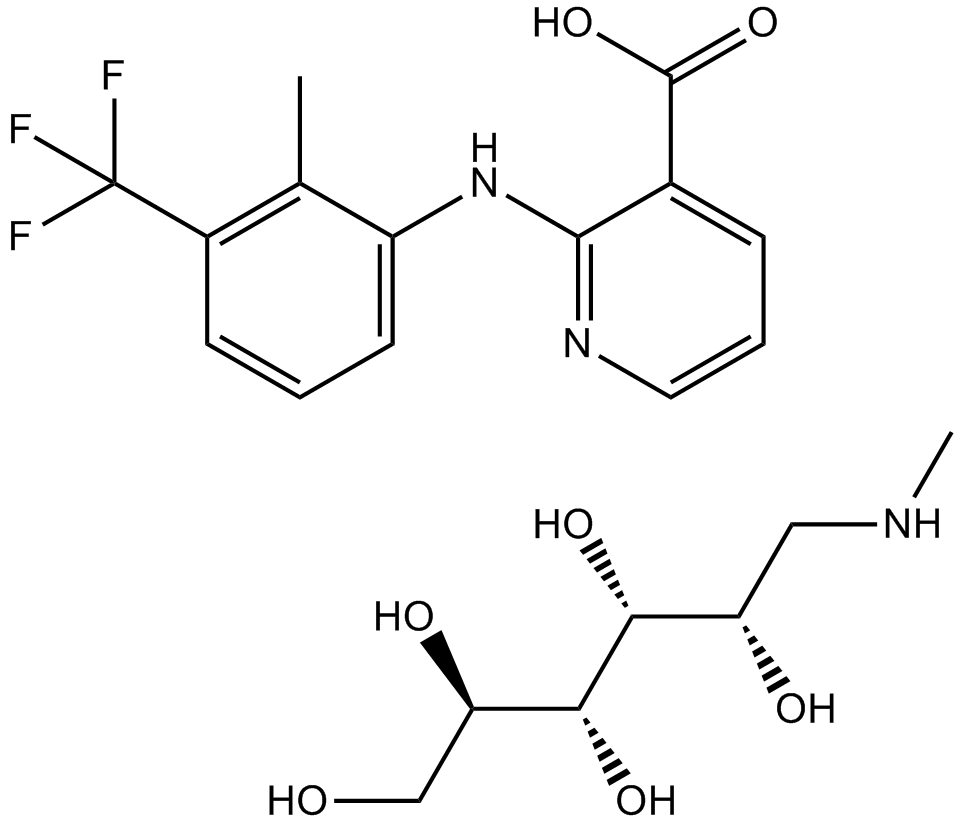 B1445 Flunixin MegluminTarget: COXSummary: potent cyclooxygenase inhibitor
B1445 Flunixin MegluminTarget: COXSummary: potent cyclooxygenase inhibitor -
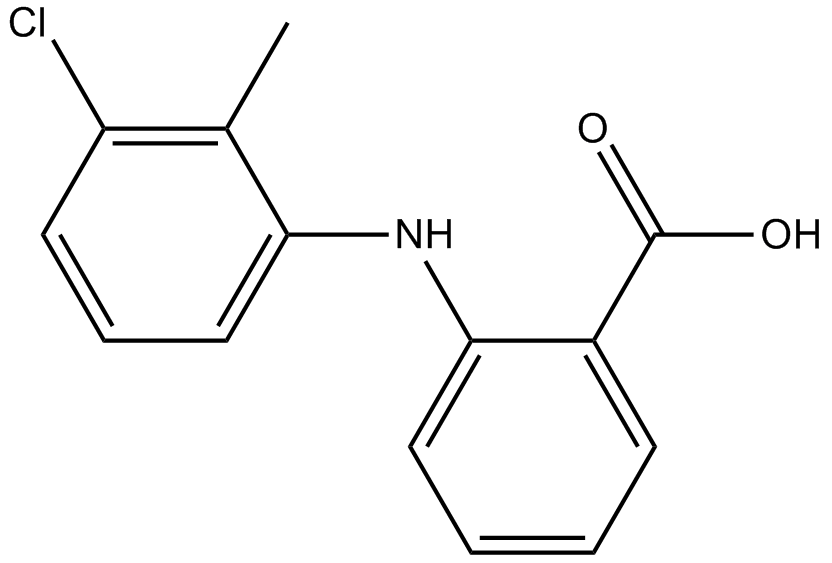 B1455 Tolfenamic AcidSummary: Non-steroidal anti-inflammatory drug
B1455 Tolfenamic AcidSummary: Non-steroidal anti-inflammatory drug -
 B1595 Succinylcholine Chloride DihydrateSummary: Nicotinic AChR agonist
B1595 Succinylcholine Chloride DihydrateSummary: Nicotinic AChR agonist -
 B1449 Mefenamic AcidSummary: Anti-inflammatory agent
B1449 Mefenamic AcidSummary: Anti-inflammatory agent -
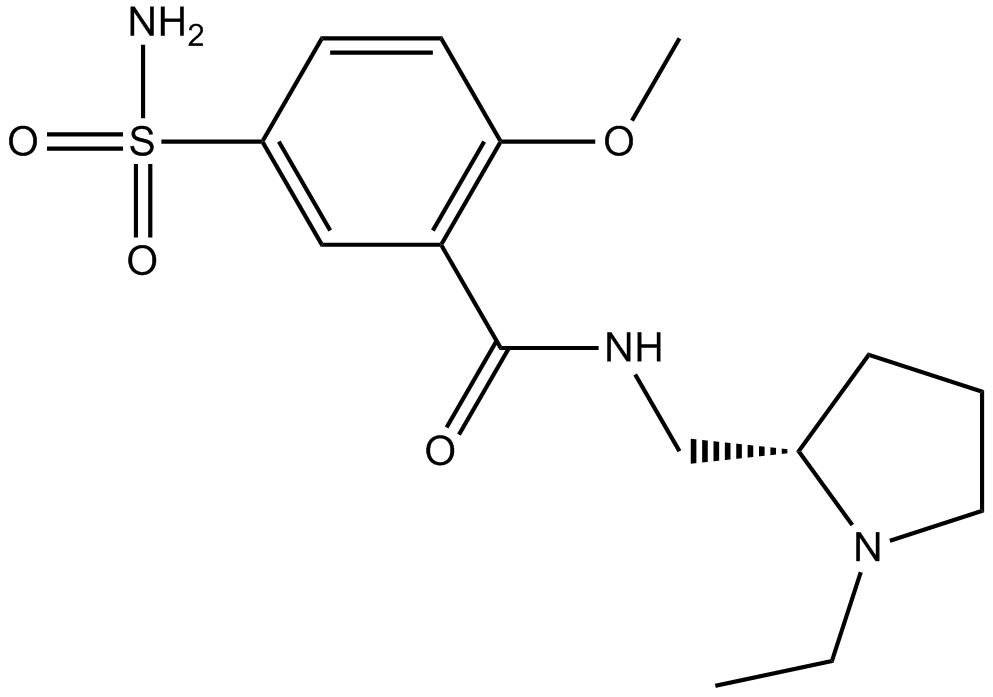 B1484 LevosulpirideSummary: Antipsychotic drug
B1484 LevosulpirideSummary: Antipsychotic drug -
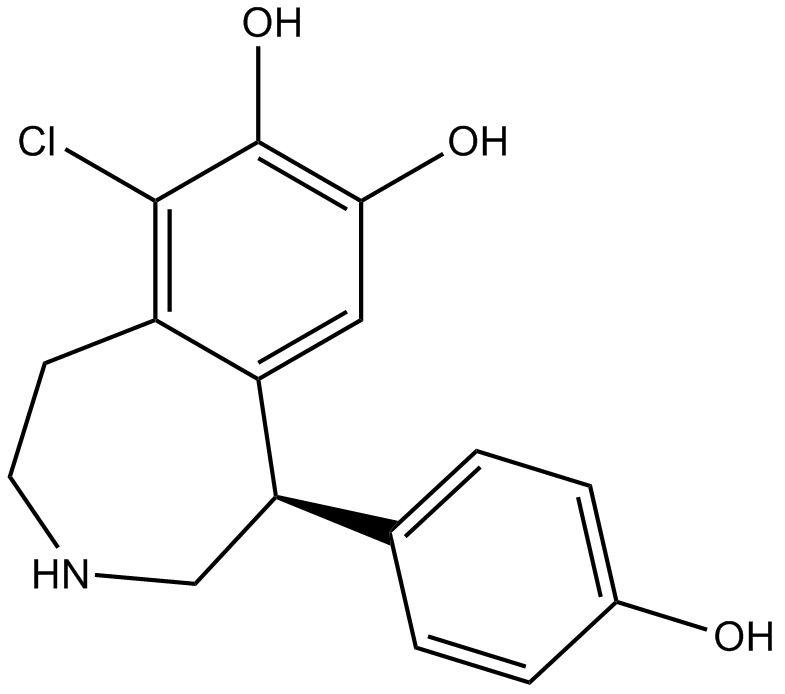 B1483 FenoldopamTarget: D1 and D5 ReceptorsSummary: D1-like dopamine receptor partial agonist
B1483 FenoldopamTarget: D1 and D5 ReceptorsSummary: D1-like dopamine receptor partial agonist

